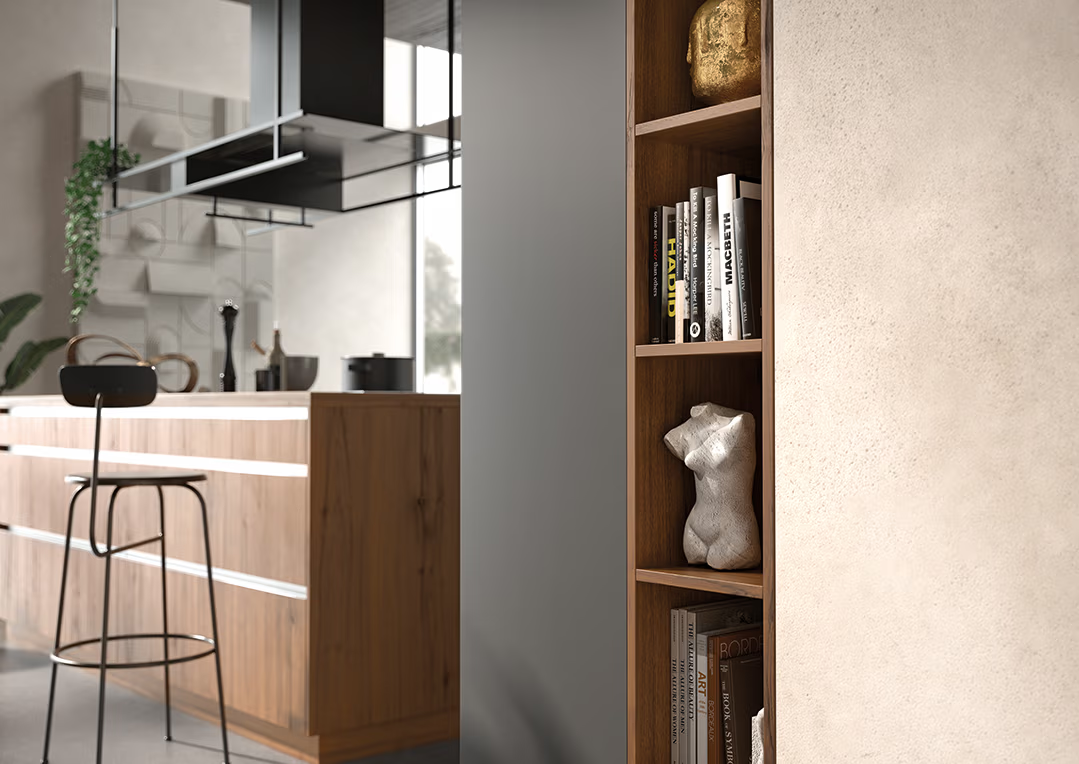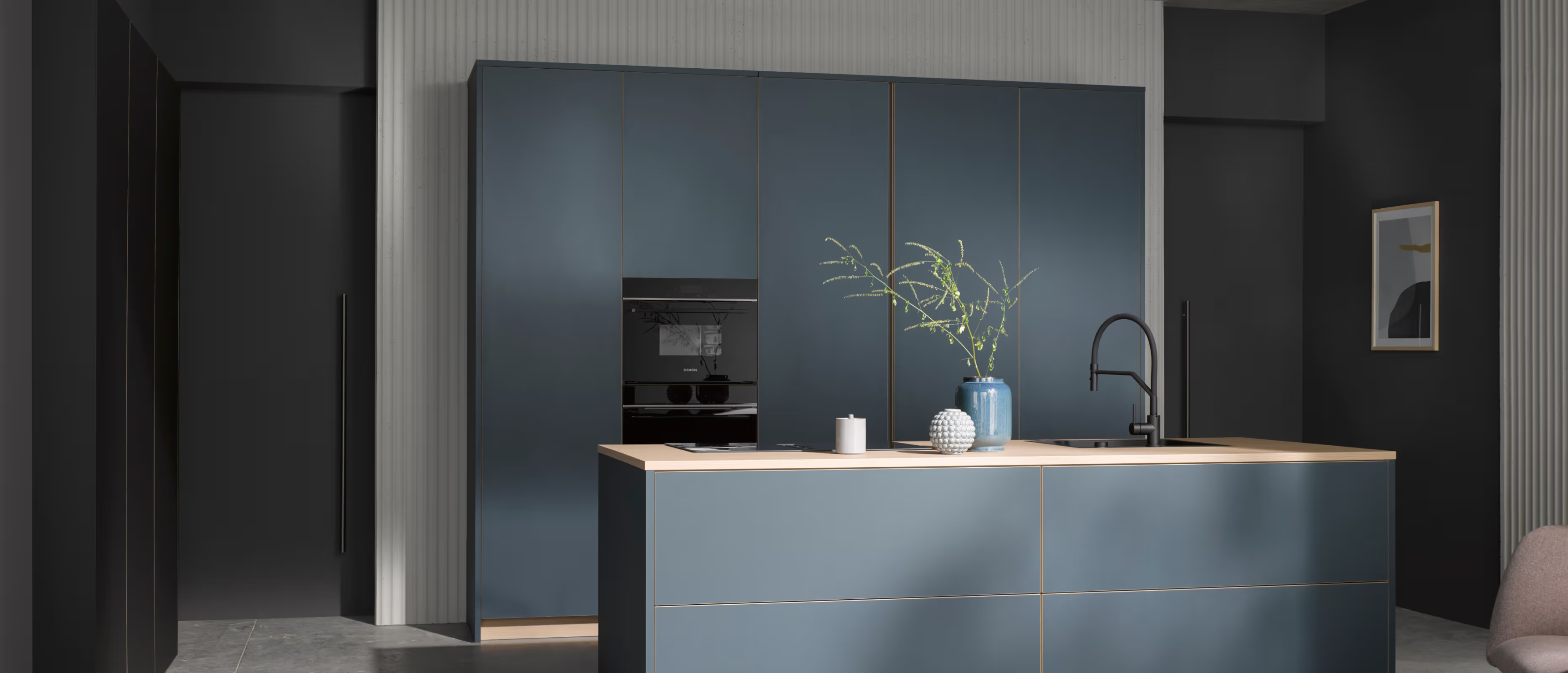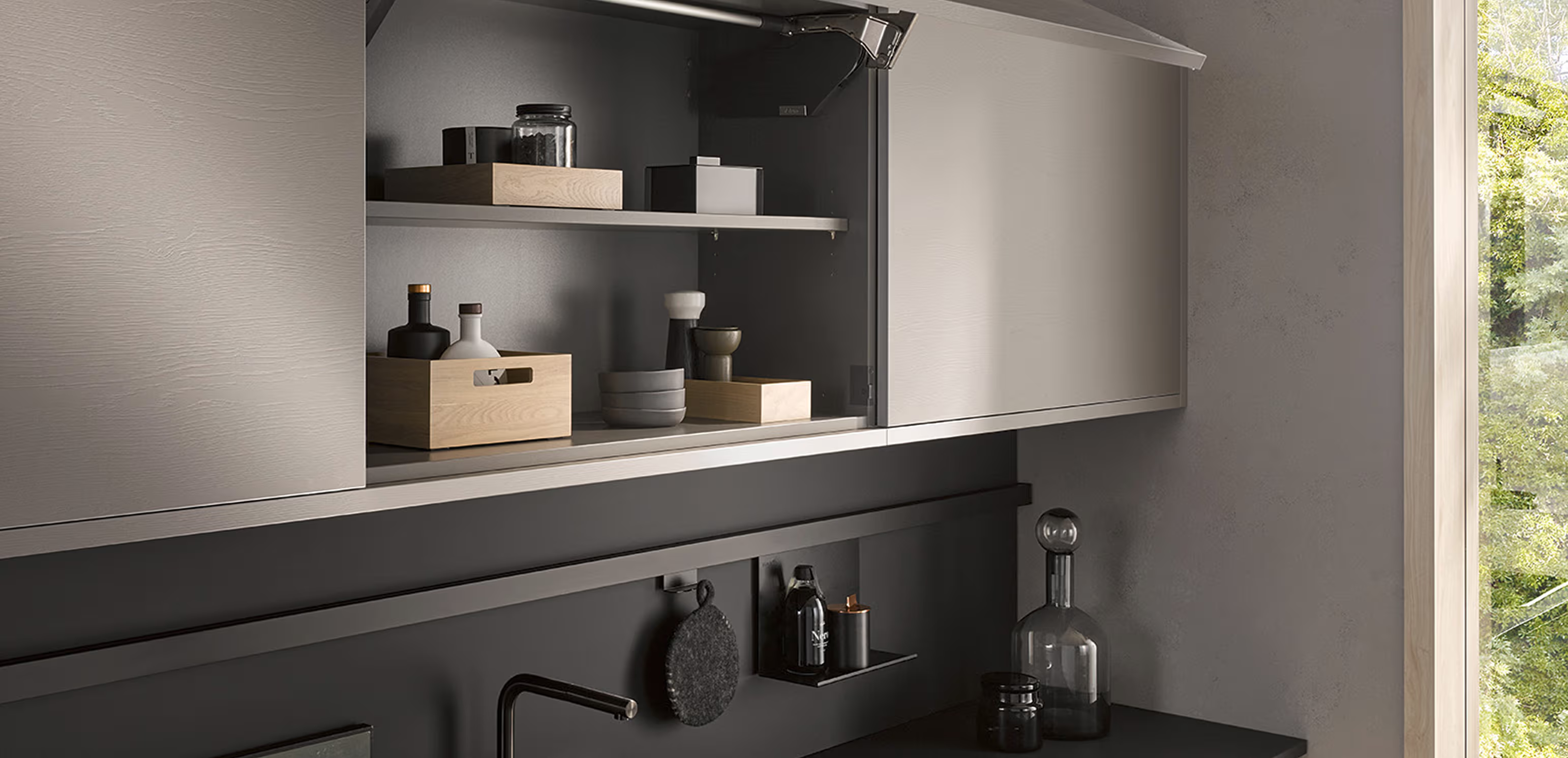
Before You Buy
Top 10 things you need to know before buying your new kitchen
Regardless if this is your first kitchen renovation or you have done it before, it can be a daunting process. The kitchen is often referred to as the mine field of the home renovation due to all the different elements that are required to come together such as power, gas, water, ducting, storage etc. The following 10 considerations are designed to help arm you with a little bit of insight into what's ahead and help you to think about what is important for you so that you get the best possible outcome.




1. How much is too much?
When deciding to do a new kitchen, the possibilities are endless. Should we take out walls? Change external windows? Change the ceiling, lighting and the flooring. Move the sink, hob, oven?
Firstly, think about how much you would like to spend on the entire job. Then have a think about when you would like the whole renovation to be completed. If you are planning on changing the outside façade of the house or removing any structural walls it is not only a big expense but can also drag the process out a lot longer with council consents.
If removing walls is how you are going to move forward it is best to check with your contractor if the walls that you plan to remove aren't structural or don't have any utilities running through them. Your contractor/builder may require the plans of your house to obtain this information for you and most house plans are held at council and can be sent to you for a fee.
Have a think about what you would like to retain and then think about living with it for the next 10 to 20 years or more as this is how long your new kitchen should last as a minimum. Will you be happy to live with the existing tiles on the floor, or lights in the ceiling or existing fridge or oven or more importantly will it last? It is not impossible to change the oven, fridge or flooring a couple of years after the renovation but it's often not as simple and will present its own set of complications. Ovens, fridges and hobs are not set sizes and so you will need to find something with the exact dimensions, limiting your options or make costly changes to your kitchen.
2. The Big Disruption!
Having a new kitchen installed can be life changing. The kitchen space is a place that so many of us spend so much of our time and the disruption to our daily lives can be immeasurable when this space is not available. No matter what anyone says, an entire kitchen renovation will take at least 3-4 weeks. If you are building a new house and have some where to live in the meantime then this is not really a problem, but if you and your family are living in the house while the renovation is going on, then prepare yourself for some serious disruption. It might help to think about the best time of year to renovate… such as when it's warmer and you can make use of your BBQ area. Alternatively, if you would like to enjoy your new kitchen in the lovely summer months then maybe consider cooking meals and freezing them for some of the renovation period. Eating takeaways or pizza every night can get old very quickly.
In previous renovations, I have used the old sink & bench space and had our builder set it up outside so that dishes could easily be done with the garden hose. Alternatively, setting yourself up in the laundry is another easy solution. A trestle table with the microwave, kettle, toaster and a small grill or portable hob can make all the difference. If a portion of the renovation could coincidently tie in with a trip down visiting Grandma, I imagine that it would be a welcome break.
A renovation of any kind is a bit noisy. Keep this in mind if you have little ones still at home napping or if you work from home. The dust from gib or painting or demolition can literally go everywhere. If your home is open plan, ask your builder if a plastic partition can be put up to contain the mess from entering every room in your home.

3. Get The Look
The prospect of a new kitchen is very often first inspired by hours spent scrolling through Pinterest and marvelling at the beautiful spaces people get to call home.
Getting inspiration and a clear idea what sort of look you are after is great and will be very useful to take to your kitchen designer. However, just make sure that the kitchen you want is achievable. People often show me large open plan kitchens with 5-meter islands and say this is what they want, to go into their 3 meter by 3 meter kitchen. It's simply not going to happen. But it also doesn't mean that your new kitchen won't be great. The finishes or feel of the kitchens that inspire you can be used in your space to get a similar look, so keep pinning.
4. Kitchen designers aren't magic!
Kitchen designers, believe it or not aren't born with super powers! They cannot make your kitchen bigger, unless of course you are making the actual room bigger. What they can do however is make better use of space than was previously in your kitchen or ultimately a more suitable kitchen space for you and your family.
The more accurate your brief is, the more accurate a design that will suit you will be created. Make a wish list and go over this in your meetings with your designer, that way they can make sure everything you are dreaming of is included in your designs.
5. What's important to you?
Unfortunately, the vast majority of us are restricted by our budget. Inevitably, your chosen kitchen design will probably involve some sort of compromise. I often ask my clients what's more important to them during the initial consultations. If you love to cook and are likely to use and adore every setting and every gadget that your appliances offer then setting a healthy budget for your appliances is likely the way to go for you. However, if you are fanatical about your interior and the extent of your cooking interest is an El Paso Taco box then your budget would be better used on the finishes of your kitchen. Ultimately, workout what is most important and let your designer know so that they can prioritise the budget accordingly.
6. There are tricks
There are gadgets for every nook and cranny of a modern day kitchen. Pull outs to access hard to reach places, touch drawers, auto lights, electric roller shutters, the list goes on. Even with an infinite budget it's just not necessary to fill your kitchen with every accessory available on the market. And knowing when to compromise is key.
As most people know, drawers are a better use of space than cabinets, they hold more and are easier to access. However, make sure you still have cupboard space for stem ware and glasses. A good drawer pull-out bin is an amazing addition to any kitchen, and one that offers space to separate your recycling is helpful too.


7. Who to choose?
You don't have to have been on this earth for long to know that the price of anything will vary greatly. Much like flying from one country to the next, there is economy, business and first class and Kitchens are no different.
You will undoubtedly get what you pay for, but unlike the twelve-hour flight to Los Angeles your kitchen will hopefully be around for the next 10-20 years. With the month long upheaval for the renovation, you are probably not going to be keen on facing another kitchen renovation for the foreseeable future. If you don't plan on living in your home for too many more years to come you may also want to consider the value that a good quality kitchen will add to the cost and saleability of your house.
What is actually the difference between a kitset, flat pack kitchen and one from a reputable kitchen company? Well it varies, but a kitchen from a local cabinet maker or a European imported kitchen can be as much as 50-100% more than your kitset option. Your local cabinet maker will generally have a bigger range to choose from in finishes and the sizes are completely customisable. European kitchen companies are able to supply doors in finishes that are often not achievable by a local cabinet maker due to machinery they have and the scale they work to. Kitchen companies generally have more experienced designers to help you through the process too and they are responsible for making sure the kitchen fits which is a big bonus. The hardware is also often vastly superior, and this will be noticeable in a year or two when the hinges break on your cabinet doors and you are left spending your Sunday afternoons hunting down a replacement.
It will of course come down to your budget. When I have clients that are unsure of which direction they should go in I often send them to a building merchant to get a quotation. By going through this process you will know very quickly what the differences are and if they matter to you.
8. Check it
Often in the kitchen design process there are a lot of conversations that happen and things get changed and then changed again. These changes sometimes have a knock-on effect that can result in items that you really wanted being removed for others. Before sending your kitchen off to be manufactured spend time reviewing the design, bill of materials and run over your quotation making sure everything is itemised. It's a lot easier at ordering stage than when the kitchen is getting installed.
9. Natural stone or engineered stone?
Engineered stone or reconstituted quartz as it is often referred to is very practical and easy to maintain and looks great. Available in over 100 colours on the market you should be able to find exactly the colour you are after. In saying that clients that fall in love with natural stone are often prepared to forgo the easy maintenance to have the added "drama" that beautiful natural stone has. I often recommend using the natural stone as the feature in the kitchen and have the maintenance free stone for harder wearing areas in the kitchen.
10. Enjoy it
Most importantly I would recommend that you arm yourself with a really good designer who you trust and can rely on. That way when things get a little crazy you can call them for some advice and support.
At the end of the day the most important part is to enjoy it. I absolutely love to renovate and always feel that the end result is so rewarding that it is definitely worth the process.




